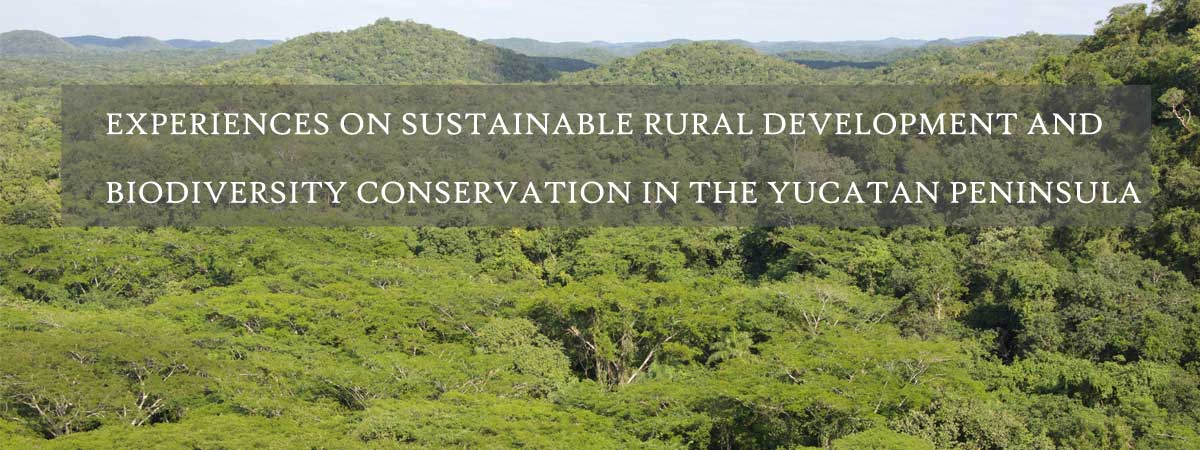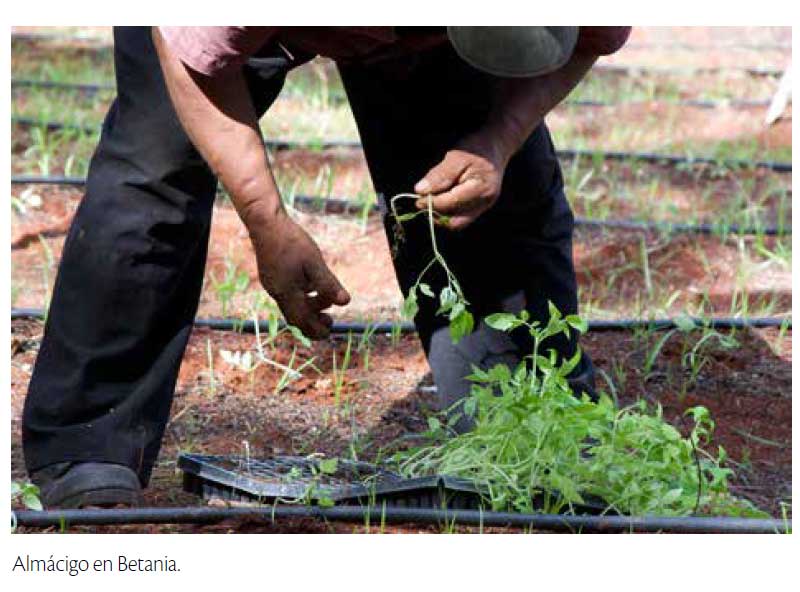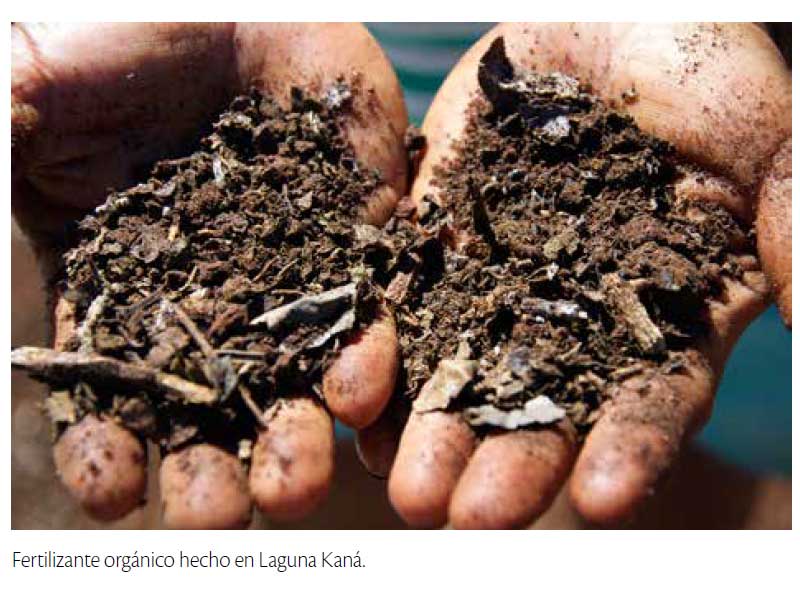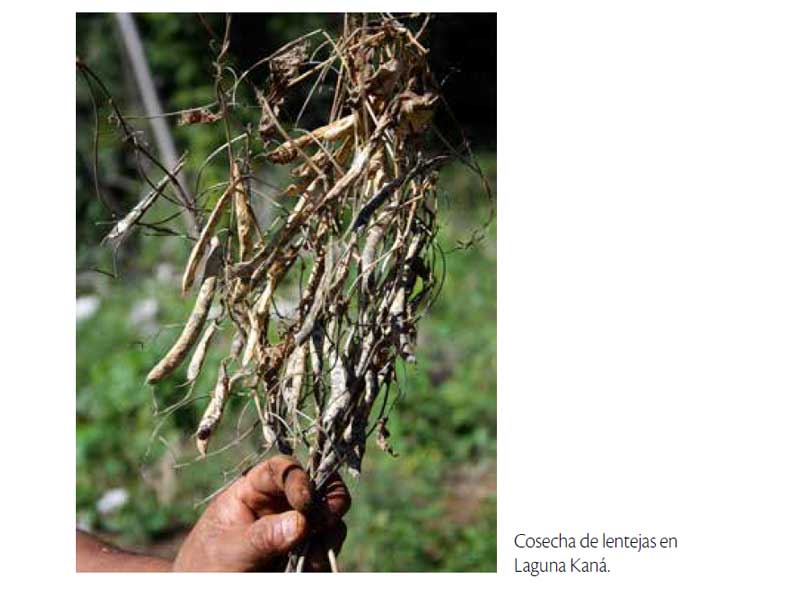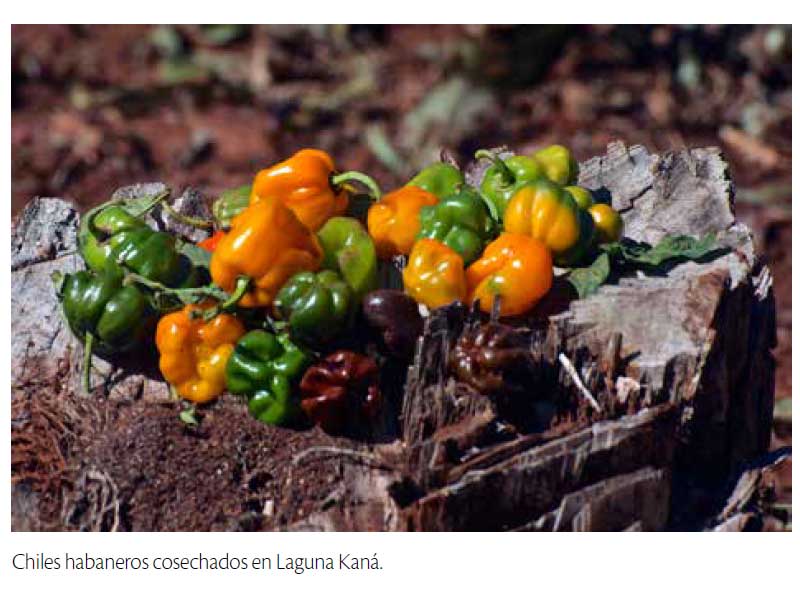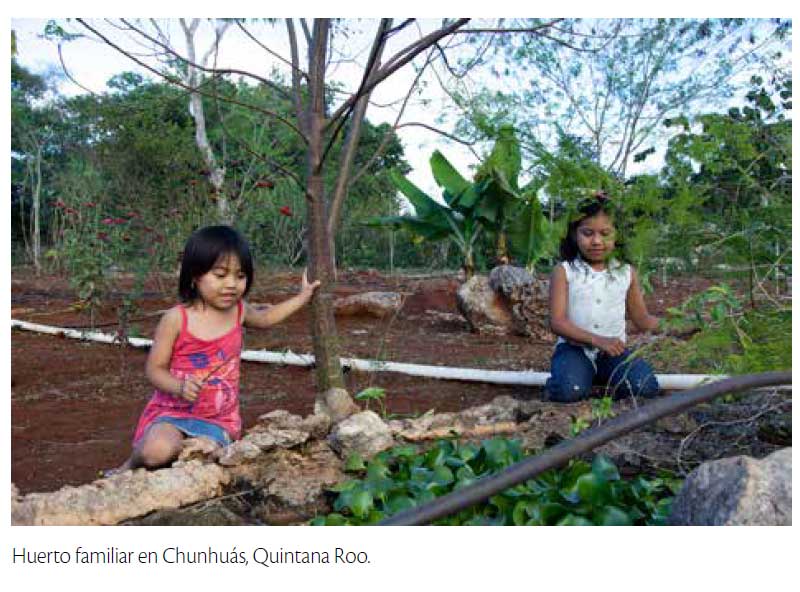Agro ecological and food security strategy
 Introduction U'yo'olché, a local organization based in Felipe Carrillo Puerto, has at its core of its activities, an Agroecological Strategy that promotes food security in communities through organic production, exchange experiences and the rescue of traditional farmers' knowledge. Thus far, they have been promoting the consolidation of community gardens sustained by a collective of producers of organic vegetables. Each group is provided constant training in agroecological practices, monitoring, and in some cases they are funds for infrastructure, such as the implementation of solar powered irrigation systems. Life around the garden features a family atmosphere in the fieldwork, cooperation between the families of the community involved in the rural school, and a sense of collaboration between neighboring communities. The initial objective of empowering communities to secure organic food for their own consumption is being achieved, and at this time they have managed to produce a surplus with which they hope to be able to commercialize with added value. "The project idea came about as an inter-agency committee led by UNDP, the Commission for Indigenous Development (CDI), the Department of Economic Development of Felipe Carrillo Puerto, the Mesoamerican Biological Corridor (CBM), the Mayan Intercultural University (UIMQROO) and other experts aiming to create a rural school", said Maria Antonieta Bocanegra, co-coordinator of the strategy of sustainable agriculture in U'yo'olché. "We made a team with the aim of managing funds and creating capacities on this topic, and that’s why we took a trainers' course for rural schools that was developed in the U Yits Ka'an agriculture school, in Maní, Yucatan. The original idea we had was to create a school for farmers in Felipe Carrillo Puerto, but with the 20 years of experience handed down to us from Maní we realized it would be better not to bring farmers out of their context but to work in the field with them". That meant fundraising efforts for school infrastructure could be re-addressed for making the school in the communities' fields, and setting up an outdoor school environment where learning has harnessed farmer to farmer. When the project started many people in the communities had economic expectations that were not met, and this is the reason why some quit and the group was reduced. Thus, few people stayed but with great commitment, devoting time to work and convinced of organic production, says Maria Antonieta. "We always want more people involved, but it is no easy task because we did not pay for the work. The benefit is consumption, and any surplus is sold in the local market. If we learn to organize and save, we could expand the garden and reinvest in it, but it is a slow process", says Maria Antonieta. Currently, the organization is working with five communities to strengthen community gardens; they are busy securing funds for further training, seeds and infrastructure, while sharing resources such as computers and fomenting a spirit of collective impact.
A key moment for the project was the incorporation of staff in the technical team, as it was very much necessary to count with an interdisciplinary approach and lots of commitment to continue supporting the process. Putting the team together was a challenge, because it required long-term work that not always provides economic stability; and commitment is necessary to provide continuity, explains Maria Antonieta. For example, the incorporation of Alfredo Alvarez and Leobardo Teh as advisers to the project was very important. Alfredo, as co-coordinator of the agroecological strategy, has been involved in fundraising and in organizing exchanges of experiences that have helped communities share their learnings and exchange seeds. Leobardo speaks Mayan and visits communities once or twice a week. During his visits, Leobardo talks about crop rotation, compost making, families of plants and pest control, among other topics.
"Here we are placing an arnica barrier to repel harmful insects", explains Leobardo, "but we also use hoja santa, epazote and basil." Don Paulino Cob Canul, producer from Laguna Kaná, says that they are growing peppers, tomatoes, onion, chives, cilantro, radish, lentils, cassava, plantains, taro, yams, melons and beans. "If I lose in any crop, I win in another," explains Don Paulino, "here we are preparing organic fertilizer to use in plants with pods, like jabín and tzalam, sheep manure and dry leaves, making sure the layers have enough moisture and turning it during a month and a half", explains Don Paulino. "The challenge is to ensure soil nutrition and make it sustainable, strengthen pest control and finally marketing," says Alfredo Alvarez.
The objectives are changing, says Alfredo, because at first the idea was to have large groups to work on issues of food security for the whole community. But the groups were reduced and thereafter began to have surplus production, which they wanted to commercialize. "The challenge is not only to ensure production and organization", Maria Antonieta explains, "but we now have to enter the market, offering quality and maintaining production. What we are doing is creating a network that is growing stronger every time we meet; a collective fund is growing for the purchase of seeds and inputs, and the next step is navigating the organic produce market". William Servando Pérez, Chunhuás producer, tells that he has learned a lot about crop rotation, compost preparation, organic insecticides, fertilizers and live barriers. "We have been learning how to plant different crops in seasons, how to avoid some pests, identifing some harmful insects and using organic insecticides prepared with chili, onion, garlic, nopal and neem", says William. Rufino Canul Dzib, producer of the Betania community, says that before working with organic crops he had the experience of producing tomatoes in a greenhouse. "As the plants in the greenhouse are high, and they are sprayed three times a week, when agrochemicals are applied at the top the product falls on whoever is applying it, and it has happened that we are left with a dry mouth, a numb tongue, burns in the skin and eyes. But here, working in the outdoors with agroecological techniques there are no chemicals that affect our health", says Rufino.
"Here in Chunhuás thirteen families began to work in the garden," says William, "but people want money, and when they see that the process is slow, they leave. We are a few, but now we are harvesting and selling some of the produce. We do not have much money, but we have enough to buy what we need and our food is healthy". "The garden is a place where the family shares," says Alfredo, "and this has encouraged young people to participate in agricultural activities; we have seen solidarity in the community strengthen."
|
